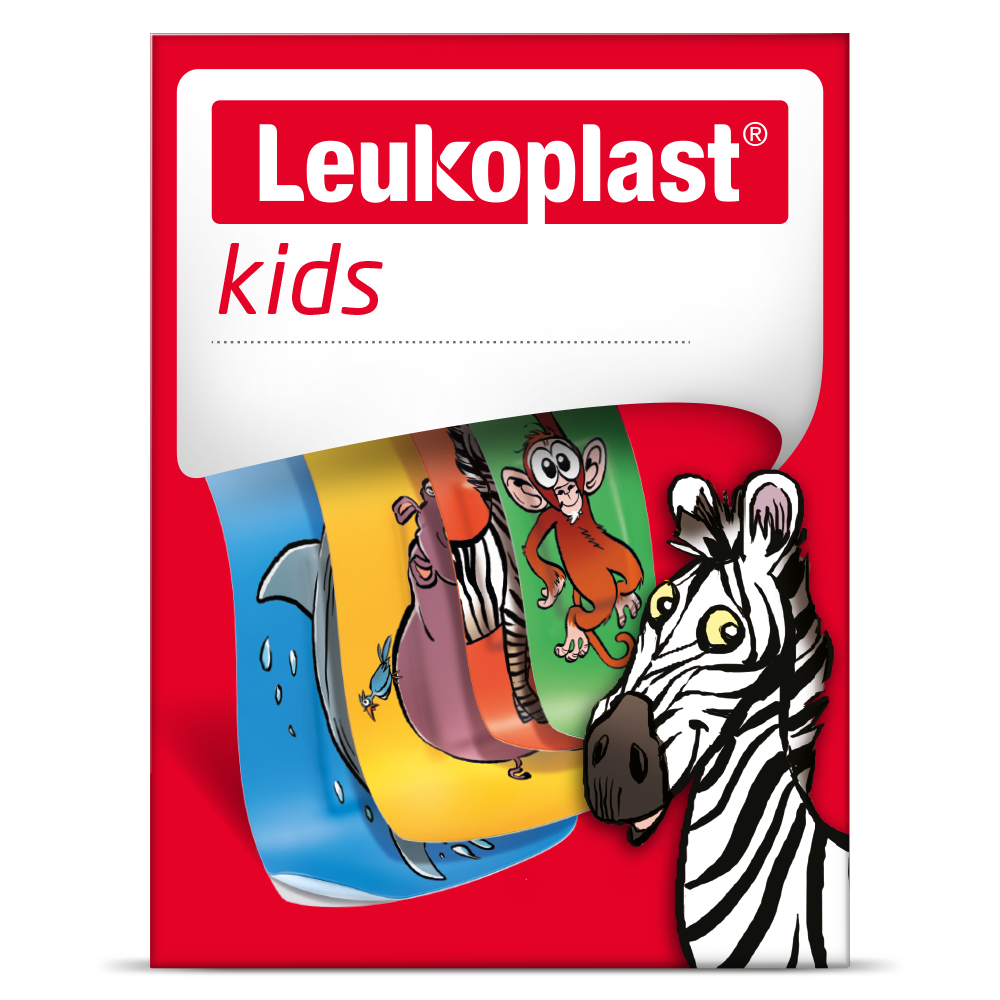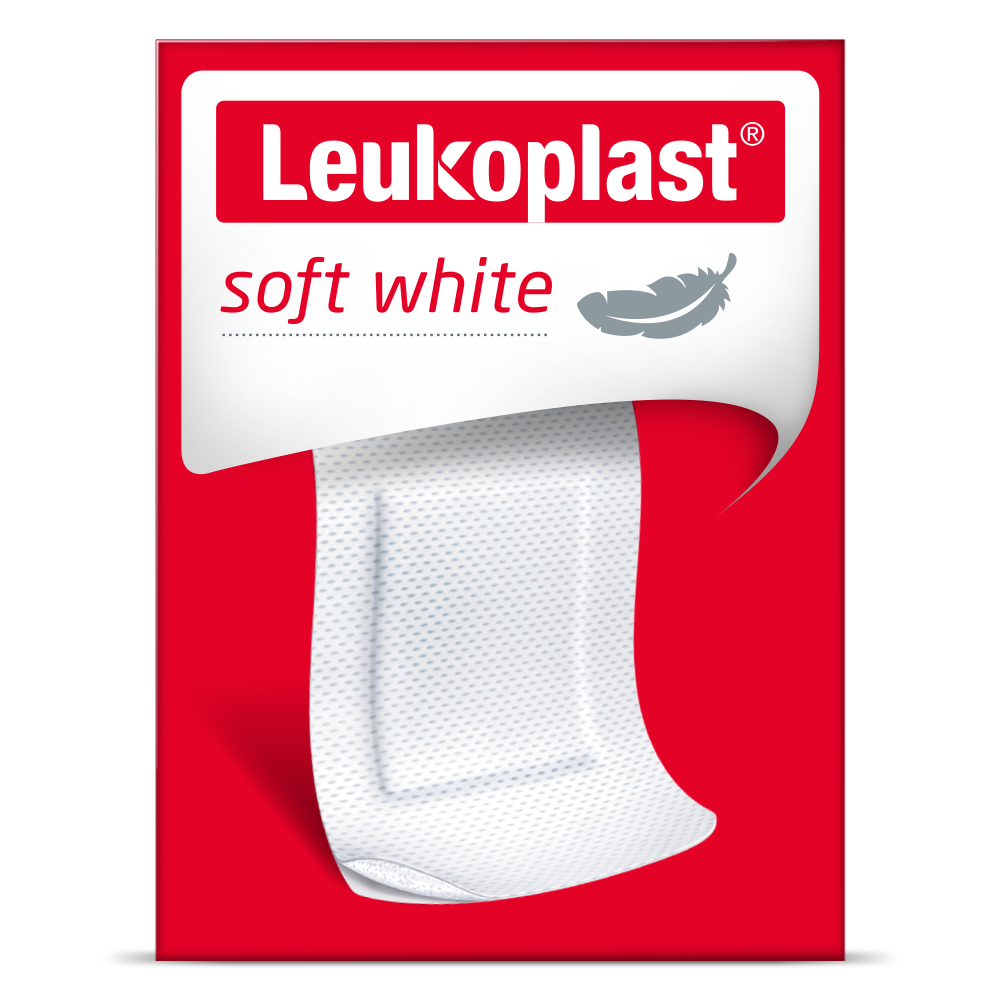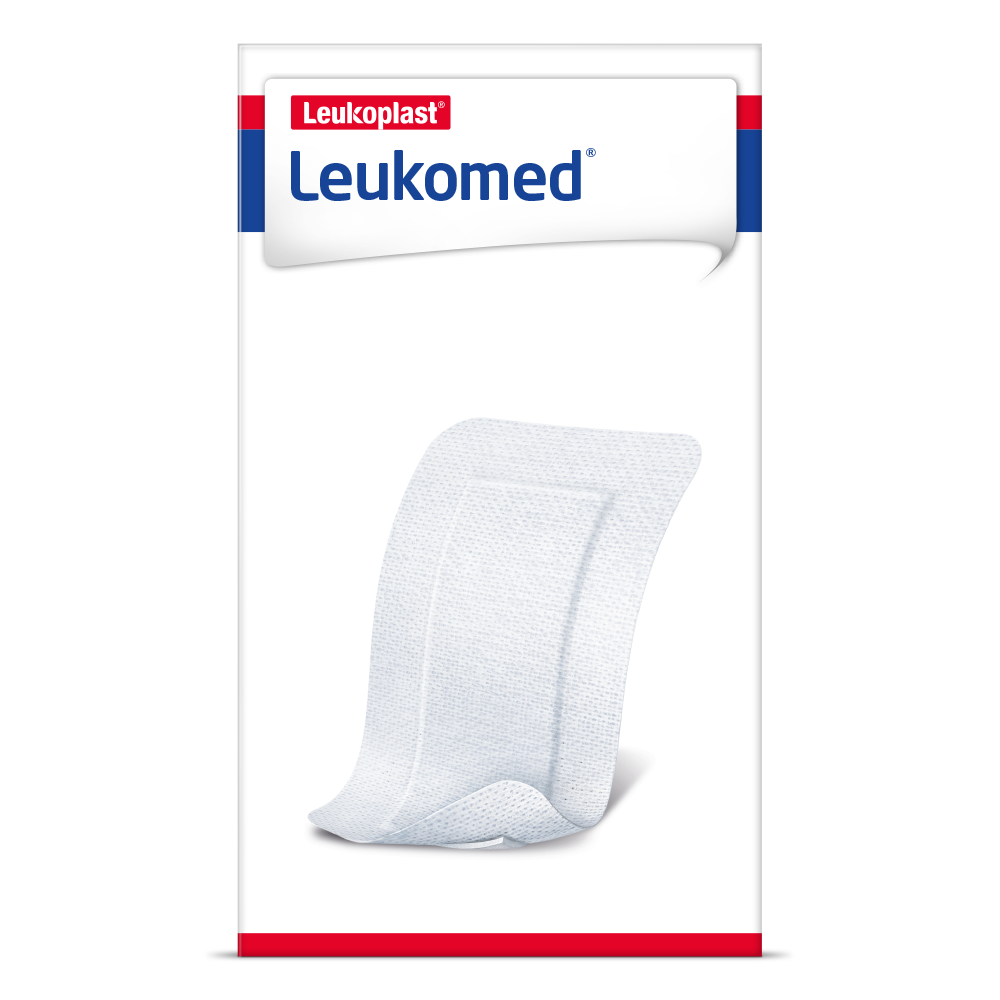Caring for grazes
Grazes are damages to the upper layers of skin caused by friction. They mostly occur on the legs, arms, hands or hips. Grazes rarely bleed profusely, but they hurt, often weep heavily and are prone to infection.
A visit to a healthcare professional is necessary if
When was your last tetanus vaccination? Please consult a healthcare professional to consider a tetanus booster.2
Please contact your healthcare practitioner if you experience any of the above.
Many common wounds can be dealt with at home. But when should a doctor be consulted? Scroll down for more information!

Plasters with funny images will help your children to forget the pain quickly.

Breathable, soft and highly absorbent wound dressing with reliable, adhesion.

Absorbent, sterile dressing for minor to medium-sized wounds.